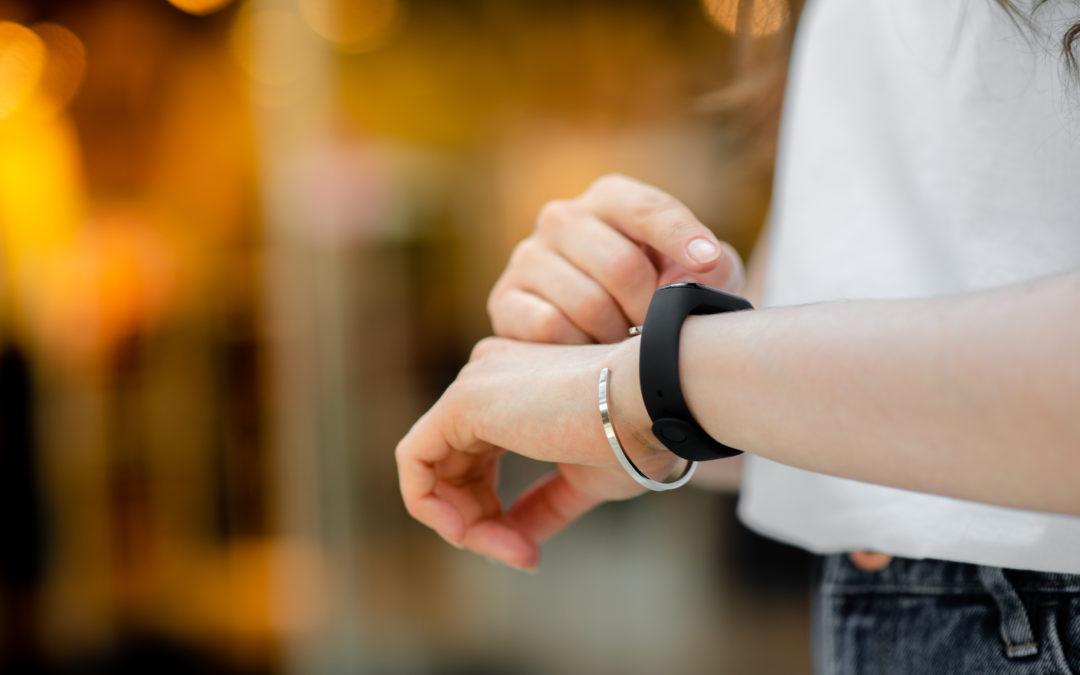Just a few decades ago, computers took up entire buildings. Today, that same amount of information can be stored on a small phone or even on your wrist. Wearable fitness tracking devices, also known as Fitbits, can calculate everything from your heart rate, calories, steps per day, and your sleep habits. As a device that can track all of your personal movements and activity, these Fitbits can become extremely valuable or absolutely devastating to a personal injury case. It is possible that a wearable fitness device, like a Fitbit, may be used as evidence in a civil personal injury trial.
Personal Wearable Devices
Personal wearable devices are so advanced they often include internet and phone capabilities. Several different companies have now created these types of personal wearable tracking devices such as Nike, Garmin, and Apple. These devices should be considered in a similar way to a “black box” of an airplane, as they can track movements and reveal information regarding the whereabouts and activity of the wearer. If you wore your Fitbit either during your accident or for any amount of time following your accident, it may be used in your personal injury claim.
Fitbits as Evidence in Civil Cases
Some attorneys are now looking to personal fitness tracking devices to prove the decline in physical activity after an accident. If your Fitbit shows that you have a history of being physically active but have dramatically decreased your level of activity following an accident that left you seriously injured, you may be able to also introduce that evidence in a court of law as well. There are analytic programs that can be used to provide a baseline of average physical activity for the general population.
However, both sides can use this technology. A common defense used by attorneys for insurance companies or opposing side are that a victim’s injuries are not as severe as they claim. Oftentimes, insurance companies and defense attorneys will scour the internet and social media to attempt to look for “proof” that a victim is not that injured. A new way to determine the physical activity of a victim is through their personal wearable tracking devices. These tracking devices can offer valuable information such as where a person was during accident, whether they’ve been physically active since the accident and whether the victim’s injuries have impacted their activity levels. For example, if a victim claims that they are unable to walk and have extensive medical bills and physical therapy, but their Fitbit indicates high levels of physical activities, then that could be used against the injured person. Any type of evidence regarding the personal physical ability of a victim is oftentimes powerful in a personal injury case.
There are still many hurdles to overcome regarding the soundness of the data or evidence to prove or disprove a claim when using Fitbit data.
Contact a Personal Injury Lawyer Today
Technology continues to grow exponentially and continues to impact the way legal cases are built and handled. If you suffered any injuries from an accident due to someone else’s negligence, contact an experienced personal injury at Griggs Injury Law at (816) 474-0202 to help you understand how technology can either help your case or how you should avoid it to ensure a strong personal injury claim.


